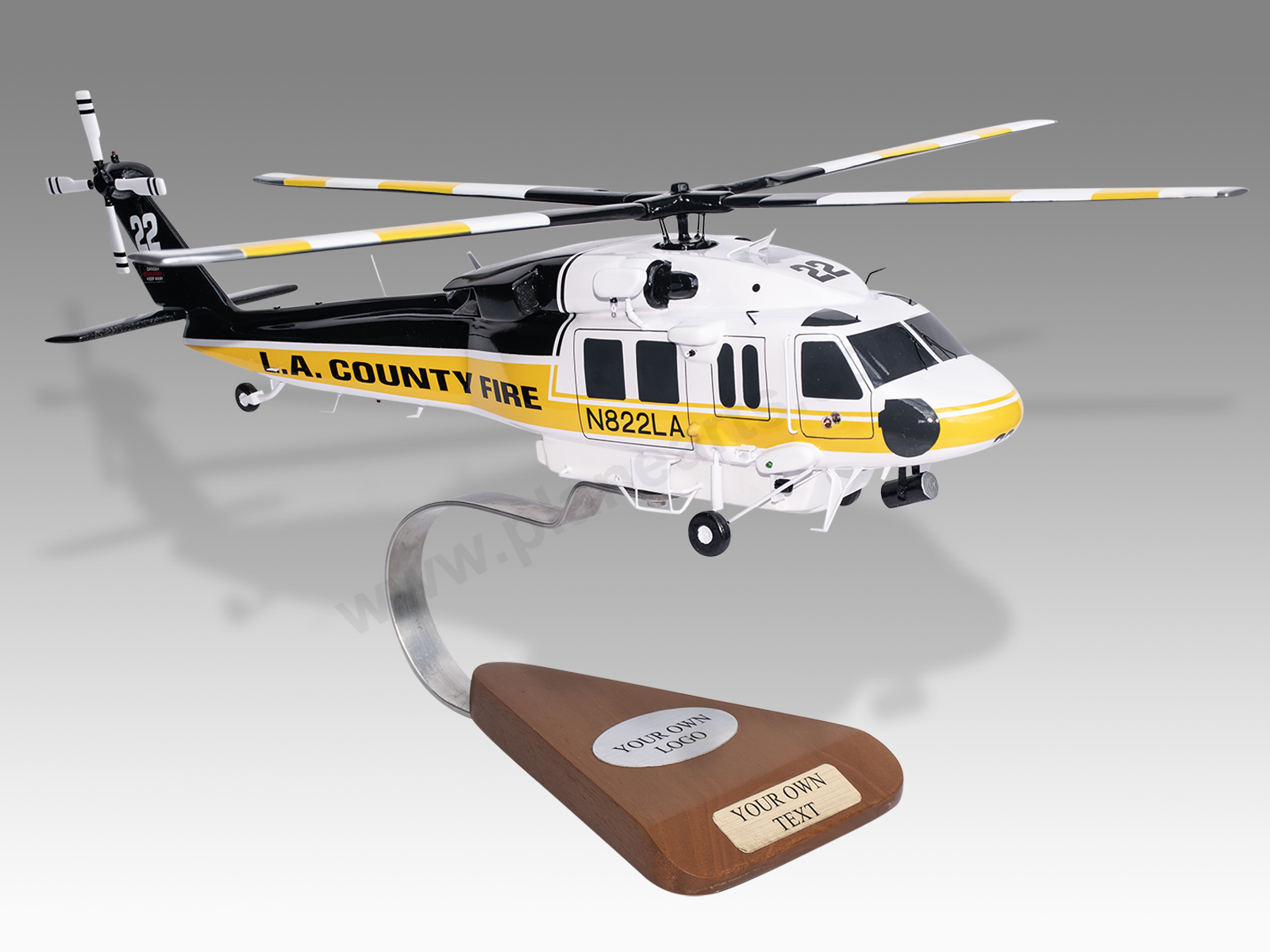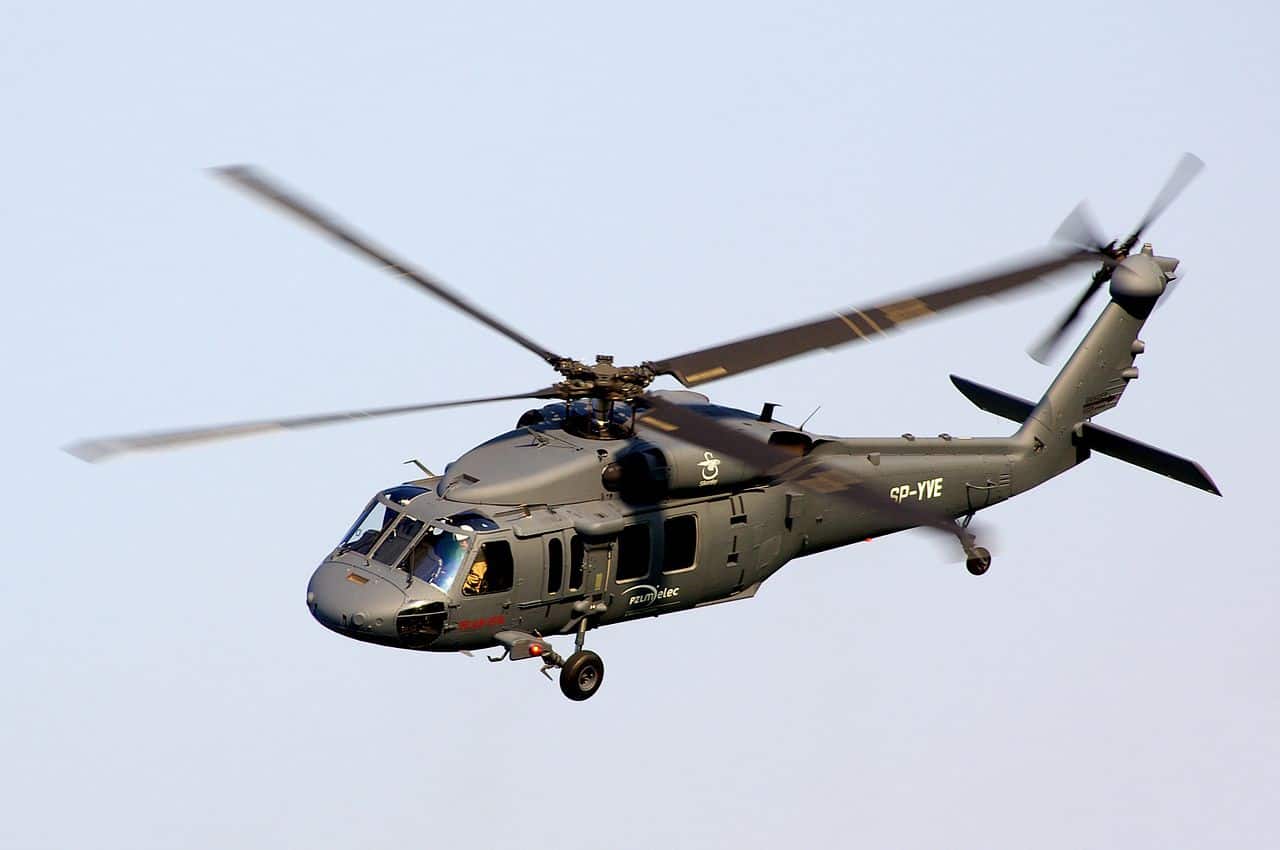High-Performance Multi-Role Rotorcraft Featuring Advanced Cockpit Technologies and Integrated Sensing Unit Equipments
The realm of rotorcraft modern technology has actually seen significant improvements in current times, especially in the world of high-performance multi-role rotorcraft equipped with advanced cockpit modern technologies and effortlessly integrated sensing unit systems. In the following discussion, we will certainly check out the evolution of rotorcraft modern technology, dive right into the world of sophisticated cockpit advancements, and check out the implications of incorporated sensor systems on the functional adaptability and performance of contemporary rotorcraft.
Evolution of Rotorcraft Modern Technology
The development of rotorcraft innovation has actually been noted by substantial improvements in the rules of aerodynamics, materials, and propulsion systems, shaping the capacities and performance of modern rotorcraft. Wind resistant enhancements have actually boosted the effectiveness and maneuverability of rotorcraft, permitting boosted speed, agility, and security throughout trip (sikorsky s 70). Developments in products, such as making use of composite products and progressed alloys, have actually caused lighter yet more powerful rotorcraft frameworks, enhancing overall performance and sturdiness. Additionally, advancements in propulsion systems, consisting of extra powerful engines and ingenious propulsion technologies, have actually allowed rotorcraft to attain higher elevations, faster speeds, and higher payloads.
These improvements have not just changed the capabilities of rotorcraft however have additionally increased their applications across numerous sectors, including army, commercial, and emergency situation solutions. The continual evolution of rotorcraft technology proceeds to drive development in the area, pushing the boundaries of what is possible and forming the future of vertical trip.
Advanced Cockpit Innovations
Building upon the fundamental innovations in aerodynamics, materials, and propulsion systems, the world of rotorcraft innovation now shifts focus towards introducing Advanced Cabin Innovations. The combination of cutting-edge innovations within the cabin setting plays an important role in improving the operational capabilities, safety and security, and performance of modern rotorcraft. sikorsky s 70. Advanced Cabin Innovations include a wide array of attributes developed to provide pilots with enhanced situational awareness, streamlined information management, and intuitive control interfaces
Among the essential developments in cabin style is the execution of glass cabins, which replace traditional analog gauges with high-resolution display screens. These electronic systems use adjustable designs, real-time data integration, and improved readability, making it possible for pilots to access vital information at a glimpse. Moreover, progressed avionics systems, such as fly-by-wire controls and boosted fact displays, are revolutionizing how pilots engage with the aircraft, enabling specific control and boosted decision-making capabilities.


Incorporating innovative cabin developments not just improves pilot efficiency but likewise adds to general goal effectiveness and safety and security in complex operational atmospheres. By leveraging cutting edge innovations within the cockpit, rotorcraft makers are setting brand-new standards for operational quality and goal success.
Integrated Sensor Equipments
With the development of rotorcraft innovation, the assimilation of sophisticated Integrated Sensor Equipment has ended up being vital in improving operational performance and safety. These Integrated Sensing unit Systems incorporate a vast array of innovations that offer critical data for numerous features such as navigation, surveillance, targeting, and environmental monitoring. By effortlessly integrating sensing website link units like radars, cameras, lidar, and infrared systems right into rotorcraft, operators can profit from boosted situational awareness, boosted mission abilities, and decreased pilot work.
One trick advantage of Integrated Sensor Solutions is their ability to collect real-time data and provide actionable insights to pilots and goal operators. For instance, advanced radar systems can detect and track targets over long distances, enabling early threat detection and efficient feedback planning. Furthermore, incorporating infrared and electro-optical cams makes it possible for rotorcraft to perform reconnaissance and security objectives with accuracy and precision.
In essence, the combination of sophisticated sensing unit technologies right into rotorcraft not only enhances operational effectiveness however also adds significantly to overall goal success and staff security. As rotorcraft remain to evolve, the role of Integrated Sensor Equipment will unquestionably continue to be at the leading edge of innovation in the aerospace sector.
Operational Flexibility and Efficiency
Enhancing operational adaptability and effectiveness in rotorcraft is a natural progression from the integration of innovative Integrated Sensor Solutions. By leveraging the information and insights given by these cutting-edge sensing unit systems, rotorcraft can optimize their performance throughout numerous missions and atmospheres.
Functional versatility includes the capacity of rotorcraft to adjust to different duties and circumstances efficiently. With innovative cockpit technologies and incorporated sensing unit systems, rotorcraft can perfectly transition between tasks such as search and rescue, clinical emptying, monitoring, and extra. This adaptability enhances the rotorcraft's capacity to fulfill diverse functional needs without needing comprehensive reconfiguration.
Efficiency in rotorcraft procedures is crucial for optimizing goal efficiency and source use. Integrated sensing unit systems play a crucial duty in boosting functional efficiency by providing real-time information on climate condition, terrain mapping, target tracking, click for source and much more. This data makes it possible for pilots to make informed decisions promptly, maximize trip courses, save gas, and improve general objective performance.
Influence On Modern Air Travel Procedures

Additionally, the assimilation of advanced sensing units assists in boosted objective preparation and implementation, making it possible for rotorcraft to perform a variety of tasks with improved accuracy. From search and rescue operations to aerial firefighting and police goals, the abilities of contemporary rotorcraft equipped with sophisticated cabin technologies and integrated sensing unit systems are exceptional.
In addition, the impact of these advancements prolongs past operational effectiveness to cost-effectiveness and sustainability. By enhancing flight routes, gas intake, and maintenance timetables, high-performance rotorcraft equipped with sophisticated cabin innovations and sensors add to lowering operational expenses and environmental impact, making them essential properties in modern aeronautics procedures.
Final Thought
In final thought, the high-performance multi-role rotorcraft with advanced cabin modern technologies and integrated sensing unit systems represents a considerable evolution in aviation modern technology. These innovations improve operational flexibility and efficiency, ultimately influencing contemporary aeronautics procedures in a favorable means. The combination of these sophisticated technologies permits improved abilities and performance in different mission scenarios, showcasing the proceeded innovation of rotorcraft modern useful link technology in the air travel market.
The world of rotorcraft technology has actually seen significant developments in current times, particularly in the realm of high-performance multi-role rotorcraft outfitted with advanced cockpit innovations and seamlessly integrated sensing unit systems. From enhanced objective versatility to enhanced functional efficiency, the convergence of innovative cabin innovations and integrated sensor systems has ushered in a new era of possibilities for rotorcraft applications. In the complying with discussion, we will discover the development of rotorcraft innovation, dig into the world of innovative cockpit innovations, and analyze the effects of incorporated sensing unit systems on the functional adaptability and efficiency of contemporary rotorcraft.

Comments on “A Take a look at the Sikorsky S 70's Duty in Armed forces and Civil Aviation”